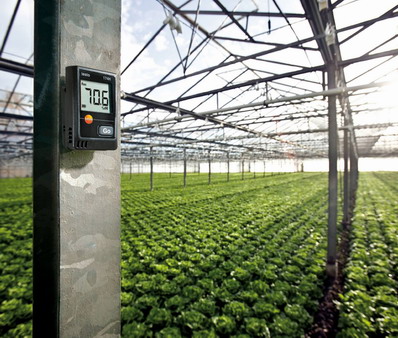Have you ever wondered why the air conditioner at home can always automatically adjust to the most comfortable temperature and humidity? Or why the precious cultural relics in the museum can be preserved intact in a constant environment? Behind all of this is a little-known "little climate expert" - the temperature and humidity sensor.
Today, let's uncover the mystery of the temperature and humidity sensor together and see how it works and plays an important role in our lives.
I. The Self-introduction of the Temperature and Humidity Sensor
The temperature and humidity sensor, simply put, is a "small device" that can measure both temperature and humidity simultaneously. It is like a meticulous climate monitor, always paying attention to the slightest changes in the surrounding environment and converting these changes into numbers or signals that we can understand.
II. How Does It Work?
There are two important "small components" inside the temperature and humidity sensor: one is the temperature sensor, and the other is the humidity sensor.
The temperature sensor is like a "small antenna" that is particularly sensitive to temperature. When the environmental temperature rises or falls, it will "sense" this change and convert it into an electrical signal.
As for the humidity sensor, it is like a "smart absorbent paper". When the environmental humidity increases or decreases, it will absorb or release moisture and convert this change into an electrical signal through the internal circuit.
In this way, the temperature and humidity sensor can simultaneously "sense" the changes in temperature and humidity and convey this information to us.
III. The Big Family of Temperature and Humidity Sensors
In fact, there are many different "family members" of temperature and humidity sensors, which can be classified into many categories according to different standards.
For example, according to the measurement range, there are sensors specifically designed for measuring low temperature and low humidity, as well as "tough" sensors that can withstand high temperature and high humidity.
According to the application scenarios, there are sensors specifically for smart homes, for industrial production, and for agricultural cultivation, and so on.
IV. The Magical Applications of Temperature and Humidity Sensors
The temperature and humidity sensor is like a versatile "little assistant", playing various magical roles in our lives.
In smart homes, it can "team up" with devices such as air conditioners, humidifiers, and dehumidifiers to create the most comfortable living environment for us.
In industrial production, it can ensure that products are produced and stored under constant temperature and humidity conditions, improving product quality and production efficiency.
In agricultural cultivation, it can provide the most suitable growth environment for crops and help farmers achieve "precision agriculture".
V. Conclusion
In short, the temperature and humidity sensor is like a considerate "little climate expert", always paying attention to our living environment and creating a more comfortable, safe, and efficient living and working conditions for us.
The next time you feel that the air conditioner at home has automatically adjusted to the most comfortable temperature, or when you see the cultural relics in the museum are safe and sound in a constant environment, don't forget to thank this "little hero" who has been silently contributing!
Post time: Mar-02-2025



